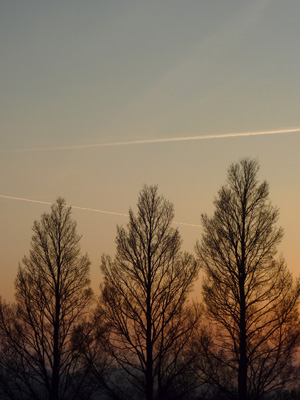Egg Rock
Diane Kendig
I came to this point three years ago.
Last winter, early morning on the beach,
I heard dog walkers argue how it looked.
One swore a chunk had moved, or a new one, risen.
The other said no, old outcrop: he’d bet a quarter,
staking his claim on Egg Rock’s being
“stable, solid, everlasting,” the way the poets
saw it in the first one hundred fifty years
of Egg Rock poetry now on the net.
Plath must have stared long at it, too,
from south of here in Winthrop, and she
used this site twice as backdrop for a suicide,
seeing a stony godlessness that doesn’t
give or take the riptide, just sits it out.
I can’t weigh in with her certainty or on the walkers’
wager–or Pascal’s. I’d like to know
I could cash in my chips as gamblers do these days
on “Horizon’s Edge” casino cruises pulling into harbor.
Then I view two centuries of online Egg Rock art,
and from the antique paintings, I’d have to say
the rock still looks the same. Oh, I know
the lighthouse keeper’s dog Milo and the near drowned
toddler in Landsmeer’s famous Saved are gone–
or as my friend Marion, who survived cancer, says,
say it: are dead–along with swimmers who didn’t survive,
but the rock, I mean, the rock still looks the same.
Art tends to make me feel more hopeful
than life without art would–in fact, sustains me,
but from my second story window this rock itself
could be a new grave, cairn, or egg. Low rider,
close to this earth, it could go under any moment
in a nor’easter or a blast. Lovely loaf in the Atlantic,
it glitters and streams the light’s uncertainty,
what I had before coming here, too.
